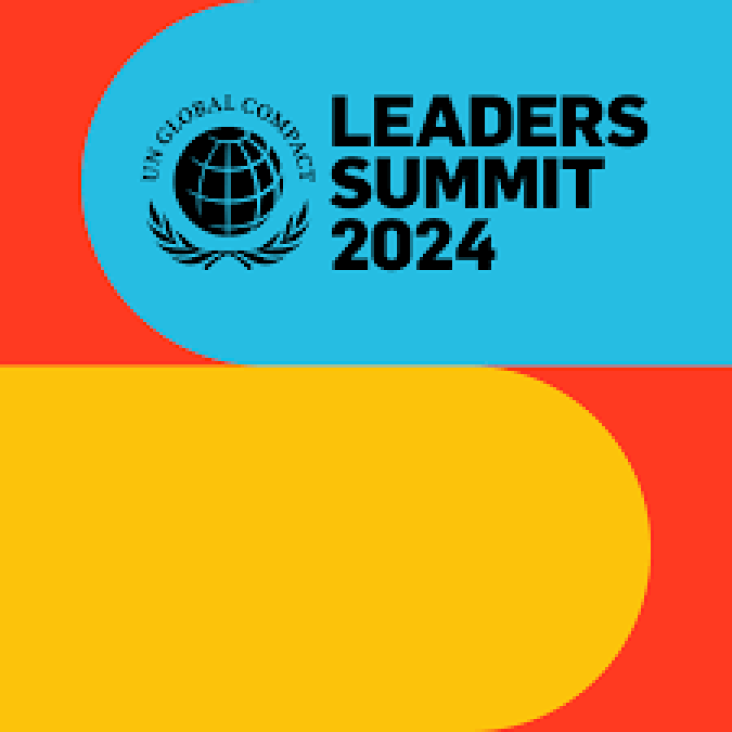Water Treatment Using Engineered Carbon Nanotubes, Micro and Nano Technologies series, 2024, Pages 63-96
Technological Pathways for Africa' s Net-Zero Economy, Technology Solutions to Unlock Africa's Sustainable Future, 2025, Pages 217-235
This chapter advances Goal 13 by educating politicians, industry experts, and researchers on the significance of shifting toward sustainable energy solutions by offering a thorough examination of essential elements and discussing possible obstacles.
Focusing on carbon capture, utilization, and storage (CCUS) technologies, this piece underscores their significance in realizing sustainability and carbon neutrality goals, particularly within challenging sectors.
This study explores the social impact of recycling human hair, waste face masks, and RMG waste into composite fields, which will help to reduce environmental pollution and global warming, achieve sustainability, develop a circular economy, and deter climate change. In contrast to societal impacts, the scalability, cost-effectiveness, and long-term durability of composites will not be an issue since the cost of waste is tiny, composite's strengths are higher than some natural fiber-reinforced composites, and those wastes can also be used to fabricate hybrid composites as cheap constituents.

The Leaders Summit is the UN Global Compact’s dynamic day-long conference dedicated to providing the tools, network, knowledge, and inspiration needed to scale the impact of private sector contribu
